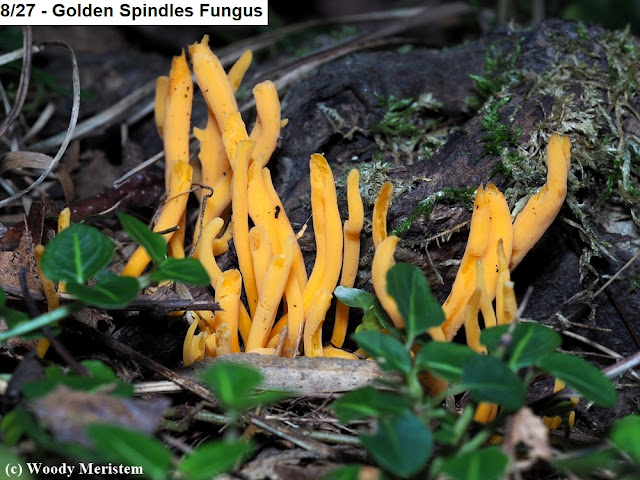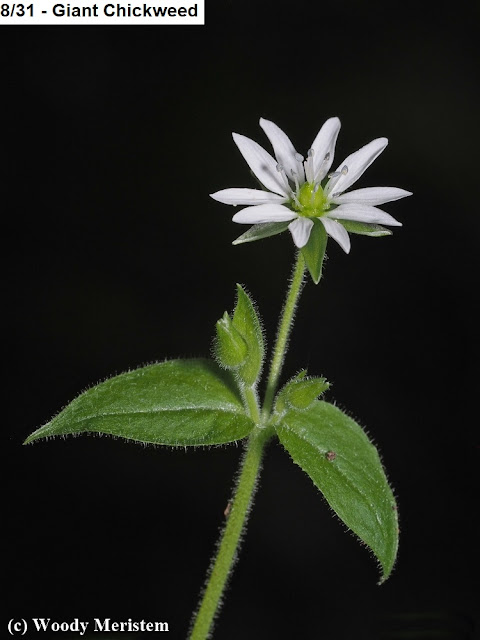Long before European settlement began, Native Americans had raised corn, beans and squash in the fertile soils along Pennsylvania’s major rivers and streams. European diseases and losses during the French and Indian War and the American Revolution decimated the native societies and allowed European settlers to move into northcentral Pennsylvania. Awaiting them were those fertile soils and the meadows that had developed in the clearings the Native Americans had created, meadows that were readily transformed into prosperous farms.
Some of the settlers’ farms have since become towns and cities, shopping malls and industrial sites, but many are still raising corn and soybeans, now on an industrial scale. Several years ago a few hundred acres of that fertile soil passed into public ownership and is being restored to its former status as a large open meadow.
It was there I went on a cool gray morning as summer transitioned to fall. As I stopped to park a hawk burst from a nearby clump of trees and circled to land atop a nest box erected for kestrels. But this was no kestrel –
It was a juvenile broad-winged hawk that was atop the nest box and spent some time looking around, primarily down toward the ground –
Suddenly it plunged into the tall vegetation where it was out of sight. Obviously it had seen a potential meal, but had it been successful in catching a small rodent, snake, toad or bird?
After several moments it flew back up to land on the nest box once again; and clutched in the hawk’s talons was its meal. Through the camera’s telephoto lens it was apparent that the hawk had caught a large preying mantis, another predator, which it proceeded to dismember and eat –
The relatively poor quality of the photos and video reflects the fact that they were taken with the equivalent of a 1200mm lens, handheld at a distance of almost 80 yards.
The hawk lost part of the preying mantis that fell to the ground. After eating the remaining portions of the mantis, the hawk stared toward its lost portion for a while, looked around –
And then flew off and out of sight.








.JPG)



















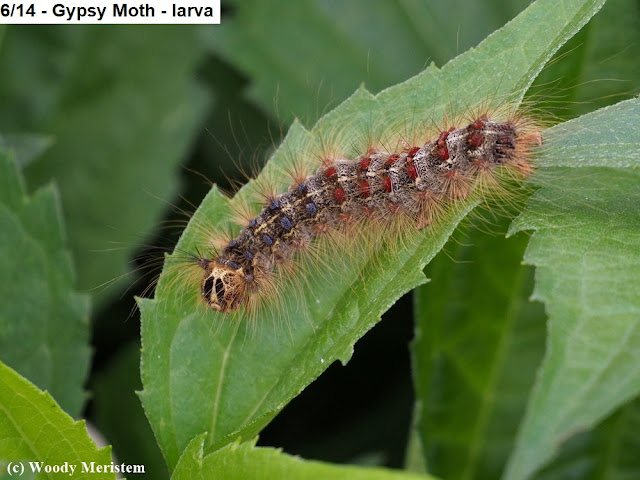

























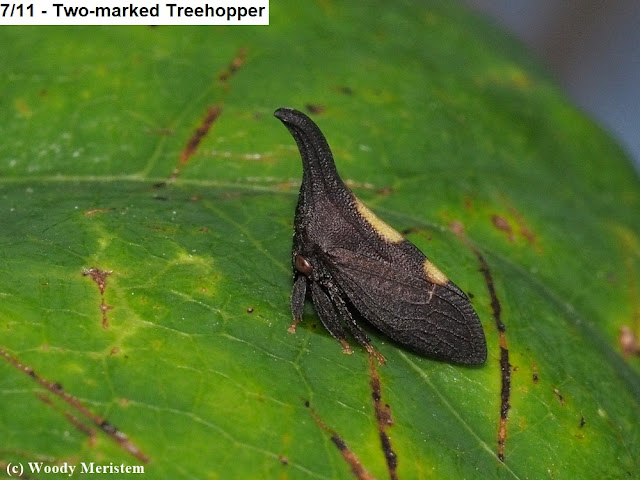












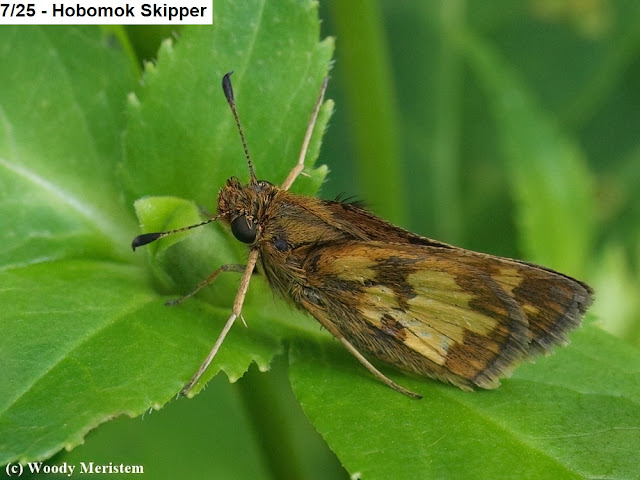














.JPG)


%20-%20larva.JPG)










.JPG)



